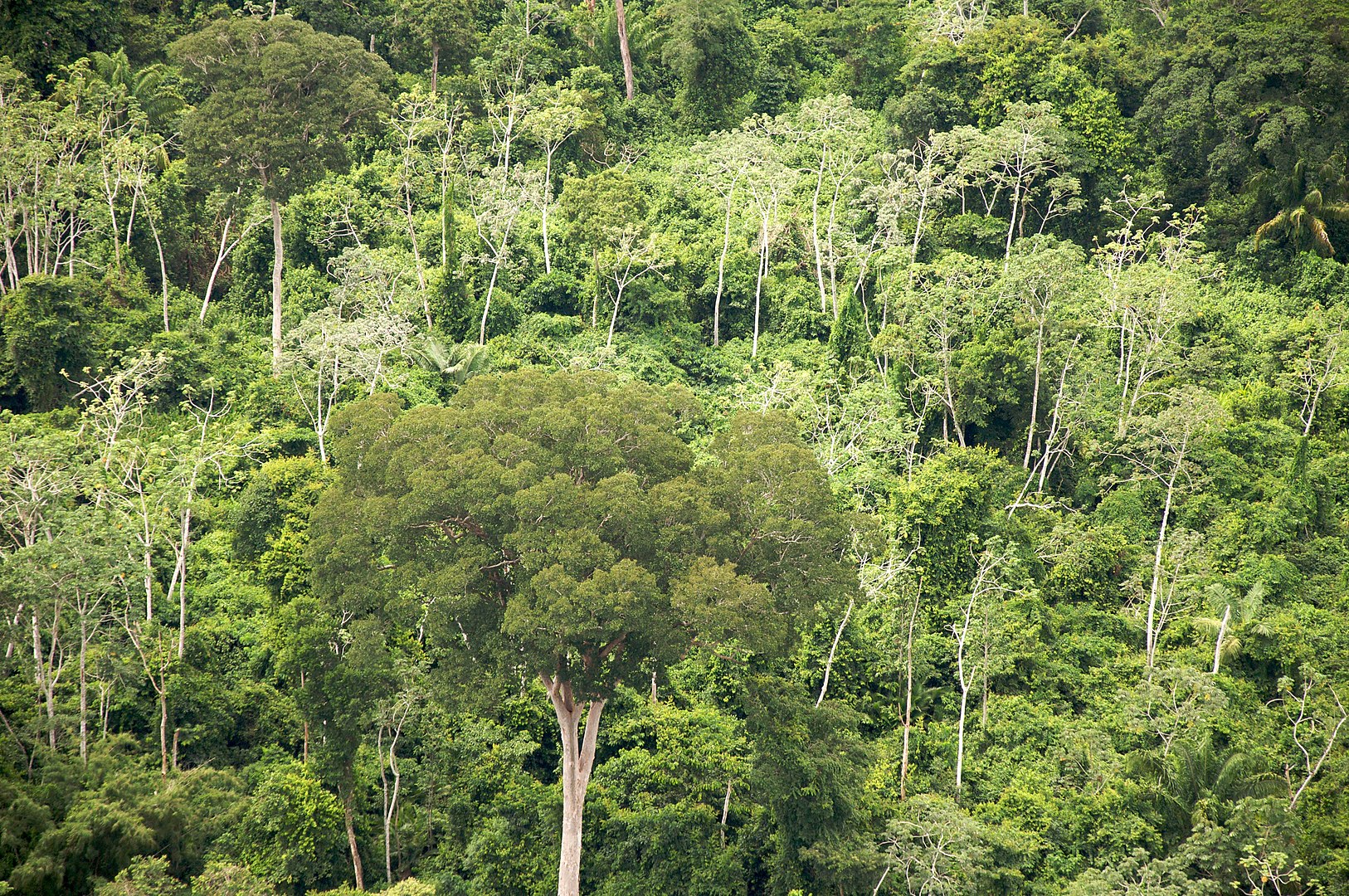MAY 27, 2022 1:06 PM
The settlement is in what is now Bolivia

The forest in Bolivia can be a bit dense.
Sam Beebe, CC BY 2.0
BY TOBIAS CARROLL
Unearthing the archaeological history of certain regions is far easier than it is for others. When it comes to the Amazon rainforest, things are especially fraught — after all, the complex ecosystem makes it nearly impossible to do much in the way of digging or searching for evidence of a civilization buried just underground. Though, as a recent Smithsonian Magazine article notes, it hasn’t stopped many archaeologists from trying.
What do you do when you can’t explore from the ground? A paper recently published in Nature outlines one viable workaround — taking to the skies. The paper is titled “Lidar reveals pre-Hispanic low-density urbanism in the Bolivian Amazon,” which reveals the method used to explore this corner of history. Lidar uses lasers to uncover different areas from across a vast distance — making it an ideal choice for a situation like this, where investigating on the ground isn’t possible.
The authors of the Nature paper describe using lidar to locate “sites belonging to the Casarabe culture (around AD 500 to AD 1400) in the Llanos de Mojos savannah–forest mosaic, southwest Amazonia, revealing the presence of two remarkably large sites (147 ha and 315 ha) in a dense four-tiered settlement system.”
Among the features of these settlements are “stepped platforms, on top of which lie U-shaped structures, rectangular platform mounds and conical pyramids” and “[m]assive water-management infrastructure, composed of canals and reservoirs.”
More:
https://www.insidehook.com/daily_brief/history/scientists-lidar-amazon-city-bolivia-casarabe
 = new reply since forum marked as read
= new reply since forum marked as read
